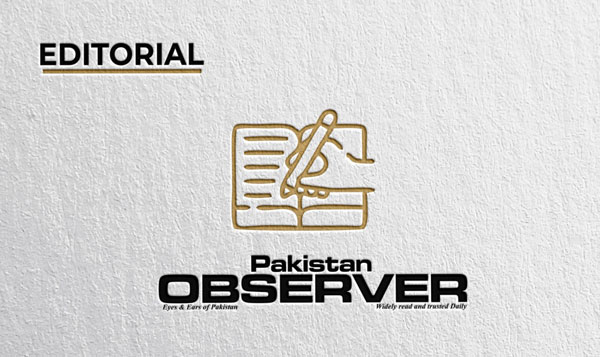PRIME Minister Shehbaz Sharif’s remarks during federal cabinet meeting, emphasizing export-led growth, indeed highlight a crucial pathway for economic development. This is the only viable solution for us to break free from the shackles of foreign loans and aid dependency. In a world where economies are increasingly interconnected, boosting exports is not just a strategic goal—it is an imperative for long-term prosperity.
Our reliance on external loans and aid has reached a critical point. Increasing exports, particularly in sectors like textiles, agriculture and technology, can help lessen this dependence and reduce the burden of loans and interest payments that have traditionally plagued the country’s finances. Moreover, the positive trend in foreign remittances, as indicated by the prime minister, is encouraging. A notable $15 billion in remittances in just the first five months of the fiscal year provides a glimmer of hope and the prospect of reaching $35 billion this year is a target worth aspiring to. These remittances, alongside improved exports, can potentially provide the financial cushion Pakistan needs to stabilize its currency, enhance foreign reserves, and tackle other macroeconomic challenges. However, while these economic indicators offer optimism, the reality on the ground for the average Pakistani is far from encouraging. Electricity tariffs remain high, placing an enormous strain on household budgets. For many, this is compounded by the steep rise in the prices of essential commodities, further eroding their purchasing power. It is crucial for the government to acknowledge that while economic stability is essential, immediate relief for the common man should not be sidelined. The government must take decisive action to alleviate the financial burdens on the public. Energy costs need to be addressed. Simultaneously, measures to bring down prices of essential items must be implemented to ensure that the basic needs of the population are met.










